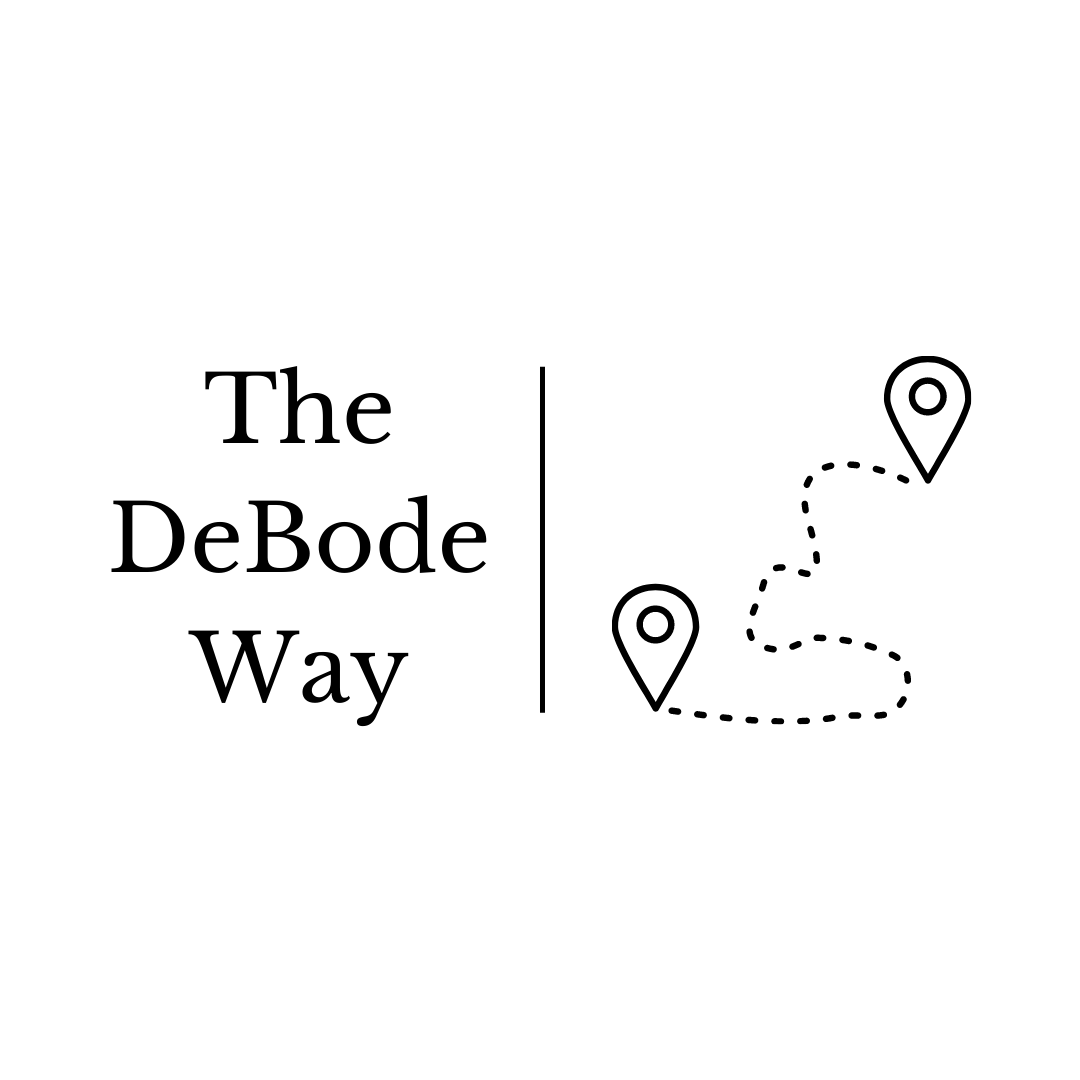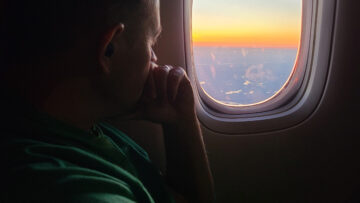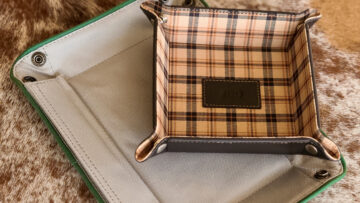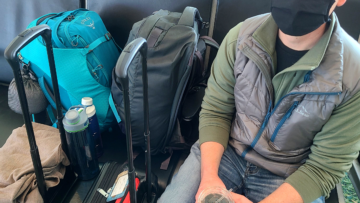Behold! It’s a bird…no a plane…no a…drone? That’s right, friends, drones are all around us and it doesn’t look like they’re going anywhere soon. But it isn’t all bad news; there are tons of cool things you can do with them. Ever watched a video on your favorite social media platform that was taken from just a little farther away than the infamous selfie stick allows? Drone. What about bird’s-eye views of mountains, clouds, cliffs, and the like in your favorite movies? You guessed it: drones.
The fact that drones are everywhere means they’re pretty easy to find if you decide to buy one. At the same time, the field is flooded with different brands, models and price points, so it can be confusing and sometimes overwhelming when you start looking into them. So, let’s chat about a few things we considered before we purchased ours.
Price v. Quality
When you start looking at drones, the first thing you’re likely to see is the prices are all over the place. Seriously. What we found is that, at least when it comes to drones, you get what you pay for. Sure, you can spend $99 on a drone, but odds are the video and pictures won’t be HD, it might not stay in the air as long as you’d like, and it might be more challenging to fly once it’s amongst the clouds. On the other hand, most folks won’t need to spend thousands of dollars on their drone either, at least not your first one. So, when you start looking at drones, we’d suggest starting with the list of things you want it to do and then searching for a bargain from there.
Features are King (or Queen)
When we first looked at drones, we knew we wanted to take pictures and videos for our blog, social media platforms, and whatever else may come along. That means we wanted high-quality lenses on our drone, which is to say we wanted HD capabilities. We also wanted something small enough that could fold up and fit in a backpack (it is a travel blog, after all) but still had high quality parts that wouldn’t fall apart faster than your friend at the bar who can’t hold their alcohol.
Then there are other features that didn’t really matter as much to us: extra lenses and filters you can clip onto the drone, different kinds of propellers, X-ray vision (kidding…or are we?) and so on. If those extras are important for you, so you can customize what and how you see with your drone from the original file, there are plenty of drone options out there for you.
Our Pic
After putting our list together, we settled on the DJI Mavic Air 2 drone. When folded up, it’s about the length and width of an average sized smartphone and about 2” thick. With the arms extended so it can fly, it’s a little larger than a regular-sized dinner plate. It came with a few accessories, but everything fits in a carrying case that fits in the bottom of Jason’s backpack when we travel. And the weight? No more than a few pounds.
We also purchased an accessories package, mostly because that gave us extra batteries, each of which, when fully charged, will get us about 30 minutes of flying time, which is usually plenty for each of our outings. It does take a few hours to get them all charged, though, which means we need to plan those outings intelligently and be mindful of how long we’ve been recording.
As for the footage, well, we’ll let the videos and pictures we’ve included in this blog speak for themselves. Pretty great, right? It can shoot up to 48MP photos and can record up to 1080p videos. You can save the pictures and videos on the drone itself, but the internal memory is fairly limited, which is why we have a 32GB micro SD card that we can use with our computers. This may have been a frantic impromptu purchase on a tiny island in Scotland last year when we realized how small the internal memory was compared to how huge the files are. Also, because the drone is operated through an app on Jason’s phone, so long as we have a data and/or Wi-Fi connection, we can upload our footage to the cloud (like Dropbox) if we prefer.
We’ve had our drone for about a year and there are still things we’re learning how to do. For example, the directions say there’s a feature called Spotlight 2.0, which means we can lock the camera onto a particular object and it’ll stay trained on that regardless of how we’re flying the drone. It also uses GPS to make sure it knows where we are, so if we aren’t paying attention and the battery is running low, it’ll automatically stop filming and fly back to where we are before it dies and crashes. Neat, right? Pretty sure the drone is smarter than us, but that’s not a terrible thing. Our drone also refuses to go places where it thinks it might get stuck or caught (which can be extremely frustrating) and will let other things in the air – like planes – know it’s there. It also gives us notices when it detects planes and the like, things we’re supposed to avoid.
As you might guess, this package of awesome doesn’t come cheap, which means Tasha still doesn’t know how to fly it since she’s afraid of crashing it. In our case, the drone itself was about $800, and the accessory package we purchased (extra batteries, propellers, etc.) added a little more. As we said before, there are less expensive options, but this drone had the features we wanted and valued, so it made sense for our needs.
Is There a Pilot in the House?
One thing to keep in mind is that, as more folks buy and fly their drones, the government has seen the need to put some guidelines in place. For most of us, that means you need to register your drone with the FAA (in the US), which isn’t as bad as it sounds. Yes, you have to take a training (it’s online and at your own pace), and a test to become a certified remote pilot. And yes, there’s a fee to register your drone after you’ve completed the exam ($5 per drone), but it’s good for 3 years, so not terrible. Once that’s done, you’re issued a Registration ID that must be displayed on the drone itself at all times. We made ours a sticker.
After that, you’re all set to fly your drone however you like, provided you stay within the guidelines you’ll learn about during your training, like going no higher than 400’, which is plenty high; I rarely go above half that.
Drone Travels
Also, make sure you’re aware of the rules when traveling with your drone. For example, when we fly (on planes, not the drone) we pack the drone and its accessories into the carrying case and that goes into a backpack that we take with us on the plane; we never check the drone (because it’s valuable) or the batteries (because you aren’t supposed to check batteries). It isn’t huge, but it does take up some space in the backpack, so be aware of that when planning out what you’re going to take and how you’re going to pack.
It’s also important to check out the drone regulations in the different countries on your itinerary. For example, we’ve taken our drone to the UK, but needed to go through a similar registration process as with the US FAA before we hopped across the pond. We’ve never been stopped with the drone, but if you do and don’t have the right documentation, our understanding is they can confiscate your drone and give you a ticket in return. Not cool.
It’s also worth checking with specific areas you’ll be visiting. For example, maybe the hotel you’re staying at is in a neat location and you want to capture that with your drone. Awesome. But first, give the hotel a call to see if they have drone policies. In our experience, as long as you’re staying away from the other guests and aren’t being rude (some of the drones can be noisy), they’re happy to let you explore as you like. We’ve even been to small B&Bs and offered to share our footage and pictures with the owners to use in their marketing materials, something that is almost always appreciated.
Many public lands and sites are great places to fly, just please don’t be annoying about it and ruin others’ experience. If there’s an office or check-in station, we always ask about their drone policies. If they agree to let us fly, we wait until we’re alone or ask others around us if they mind us flying the drone. Nobody wants to trek across the world and have their once-in-a-lifetime experience ruined by some bum with a drone.
Fin
A few points to recap:
- Spend wisely. We aren’t suggesting everyone needs to go out and drop $1,000 on a drone, especially if you aren’t planning to use it much. That’d just be silly, we think. And are we silly? Okay, maybe don’t answer that. However, we do think it’s important to buy for your specific purposes. If you just want a drone to fly around and irritate your dogs (our dogs hate our drone – it makes practicing difficult), there are far less expensive options than what we have. At the same time, if you want ultra-clear and HD videos, there are much more expensive options, too. So, know what you plan to use your drone for and buy accordingly.
- Do your homework. There are a few major brands in drones that most folks know about (like DJI, our drone brand). We read many reviews for a few different brands before ultimately going with DJI. After that, we looked at their different levels of drones, shortlisted a few, and then read reviews for those specific drones. Many folks are happy to write about their experiences, and if their experiences are similar to what you have planned, that can be really helpful information.
- Get right with the law. No one likes their stuff being confiscated, especially if you have to pay to get it back. So, make sure you get your drone registered and learn the rules of flying. Along the way, you’ll learn about some interesting stuff (not just the rules) that’ll keep you in possession of your drone and out of trouble.
- Have fun! Drones are fun to play with and can give you all sorts of perspectives you’ve not had before (they’re helpful for spotting trouble areas on your roof without getting up a ladder, for example). They can take cool pictures and videos and let you see your world (and share it!) in new and fun ways. So, get out there and have fun.
Happy travels!





1 Comment
[…] checked bags do. In Jason’s case, this back compartment is usually where our tech gear goes: the drone, GoPro, and all that comes along with it (so…many…pieces). These compartments have […]
Comments are closed.